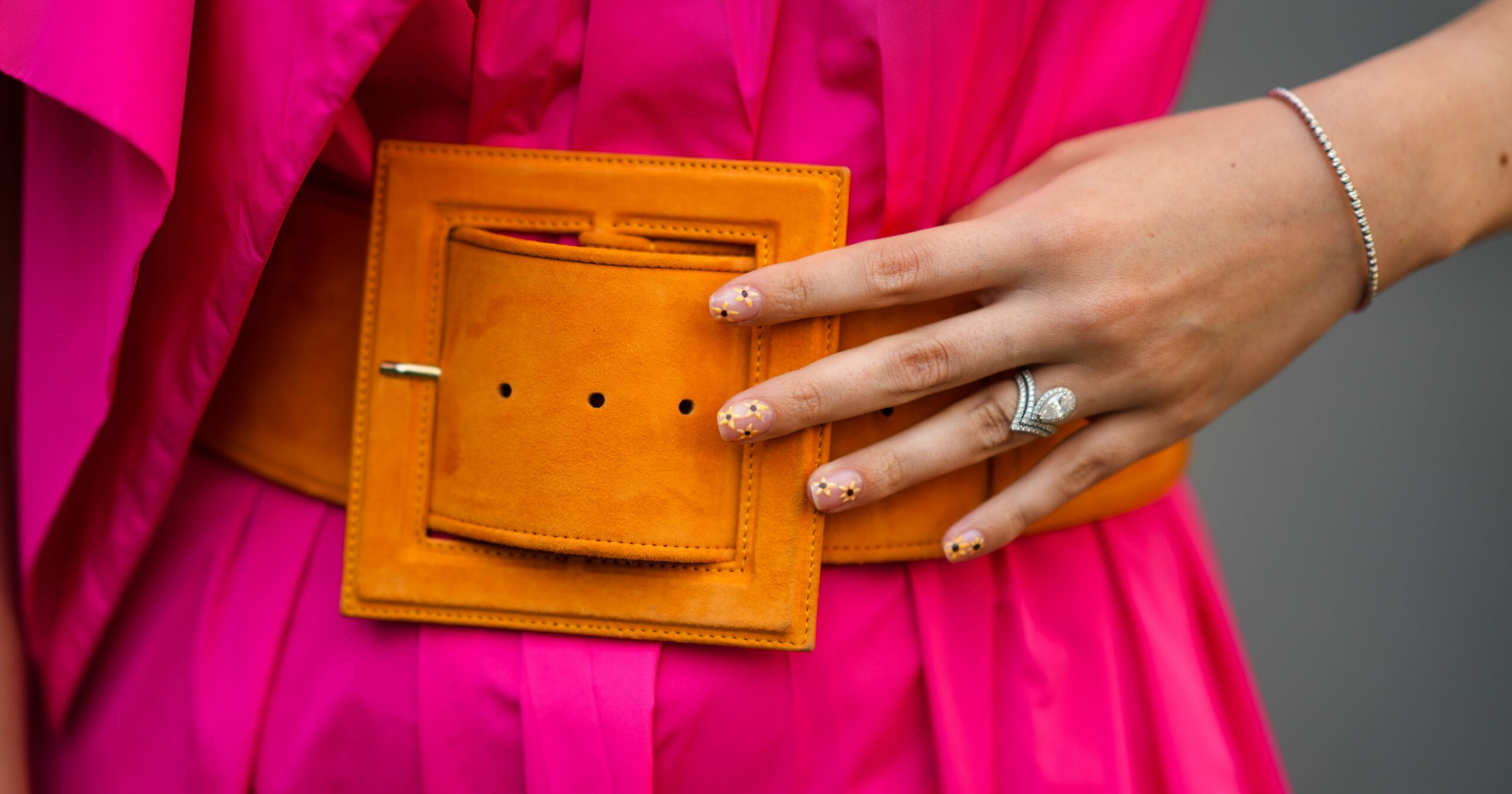PVH Corp. is starting to get back on plan.
The parent company of Tommy Hilfiger and Calvin Klein — which gave investors a jolt in April with a disappointing outlook for the year — is falling back into its rhythm, topping estimates for the first quarter and nudging up its earnings forecast for the year.
“What you see in Q1 and overtime from us is that we keep executing our plan,” said Stefan Larsson, chief executive officer, in an interview. “We delivered on the first quarter, we keep delivering on our plan and we keep building execution momentum.”
Larsson has been remaking PVH, shifting the company from a dealmaker ready to bring in new businesses to a brand builder focused on expanding with Tommy Hilfiger and Calvin Klein.
That effort has not only changed how the company operates, but who is leading the change.
The firm said Martijn Hagman, CEO of Tommy Hilfiger Global and PVH Europe, is leaving the company, but will stay on in an advisory role for a smooth transition.
Lea Rytz Goldman, Tommy Hilfiger Global president, leads the brand and reports directly to Larsson. David Savman, PVH’s chief supply chain officer, is stepping in as interim CEO of the European business until a new chief can be found for the region.
It’s a significant changing of the guard.
“I want to thank Martijn for his significant contributions to PVH over the past 16 years, being a key leader in helping to build our European region into the market-leading and highly profitable multibrand business we have today,” Larsson said in a statement.
And that’s just some of the change that has been sweeping through PVH, which last week said it would bring back its Calvin Klein Collection business after five years under creative director Veronica Leoni.
PVH is also cutting back on inventory, building a “demand-driven supply chain,” driving “hero” products with high-wattage marketing and more.
Initial gains were applauded by investors, who were then let down by the outlook for this year. But the picture now appears to be improving again.
PVH’s first-quarter net income rose 11.3 percent to $151.4 million, or $2.59 a diluted share, from $136 million, or $2.14, a year earlier.
Adjusted earnings per share tallied $2.45 — 29 cents better than the $2.16 analysts had penciled in, according to Yahoo Finance.
Revenues for the three months ended May 5 fell 9.5 percent to $1.95 billion from $2.16 billion a year earlier as the company took steps to improve the quality of its sales in Europe. Despite the decline, sales came in $20 million more than the $1.93 billion analysts forecast.
The top line was pulled down by sales in Europe, where declines were big enough to offset increase in the U.S. and Asia. And 3 percentage points of the sales decline came from the sale of the Heritage Brands women’s intimates business in November.
For the full year, PVH reaffirmed its revenue guidance, calling for a decline of 6 percent to 7 percent. But the outlook for earnings per share was increased to a range of $11.15 to $11.40, up from the $10.75 to $11 previously forecast and the $10.99 analysts projected.
In the interview, Larsson painted a picture of a company taking some pain in Europe to set up a better future while also rapidly evolving to meet the challenges of the marketplace.
The PVH+ strategic plan that Larsson steers the company by will gain more traction as the various pieces — from supply chain to marketing to product — come together, he said.
“The big unlock for PVH will come from us increasingly executing all the growth drivers together,” Larsson said. “That’s why I’m so excited to see the consumer engagement. What you see in Calvin in the beginning of the year with the Jeremy Allen White campaign is the biggest cut through campaign in the industry.”
When marketing is reaching consumers and is tied to key products, the company’s supply chain, now designed to work with less inventory, delivers bigger rewards.
When Calvin Klein hits the runway again next year, the brand will get its halo back.
“That builds on the underlying strength that Eva Serrano [who has been Calvin Klein global brand president for just over a year] and her team are beginning to unlock in terms of product strategy. We’re building that whole house of Calvin.”
That will have Calvin Klein again reaching all the way from the underwear drawer to the runway.
“It all connects because [the collection business] is the ultimate expression of the brand,” Larsson said. “It’s an opportunity to show the best of the best of Calvin.”
Sales at the brand were flat in the first quarter with a 4 percent increase in North America offset by declines abroad.
Tommy Hilfiger has kept its place on the runway, kicking off New York Fashion Week in the spring, and continues to reach consumers around the world with its shows.
But the brand has been hit harder by the reset in Europe and saw its revenues fall 10 percent in the first quarter, with a 14 percent increase in the international business offsetting 2 percent growth in North America.



